Knee Ligament Injury Diagnosis with GNRB & Dyneelax Arthrometers: Precision in ACL Rupture Detection
Learn about the GNRB & Dyneelax Arthrometers for enhanced knee ligament injury diagnosis, offering greater sensitivity and efficiency than MRIs. Our content covers case studies, surgeon testimonials, and integration tips for these diagnostic tools. Improve patient care with fast, precise assessments of knee laxity to aid in effective treatment planning. Gain insight into the technological advantages and practical application of these devices in identifying knee injuries.
Introduction
Understanding the Complexity of Knee Ligament Injuries
The human knee is a marvel of biomechanical engineering, intricately combining bones, ligaments, tendons, and muscles to facilitate movement. However, its complexity also makes it susceptible to a range of injuries, with knee ligament damage being one of the most common and challenging to diagnose accurately.
The Diagnostic Dilemma: Navigating Traditional Methods
Traditionally, Magnetic Resonance Imaging (MRI) has been the gold standard for diagnosing knee ligament injuries. Yet, it has its limitations, particularly when it comes to detecting partial Anterior Cruciate Ligament (ACL) ruptures. The need for precise, quick, and reliable diagnostic tools is evident, especially in the realms of sports medicine, orthopedics, and physical therapy.
A Leap Forward: Arthrometers as Diagnostic Game-Changers
Enter the GNRB & DyneeLax arthrometers: state-of-the-art diagnostic devices that have reshaped the landscape of knee injury diagnosis. These arthrometers stand out for their ability to provide highly sensitive and accurate measurements of knee laxity, thus enabling healthcare professionals to pinpoint even the most subtle ligament injuries with unparalleled precision.
Revolutionizing Diagnosis: From Uncertainty to Precision
In this section, we explore how the GNRB & DyneeLax arthrometers have transformed the diagnosis of knee ligament injuries. By offering a more detailed and accurate assessment compared to traditional methods, these tools enable timely and effective interventions, ensuring optimal outcomes for patients and athletes alike.
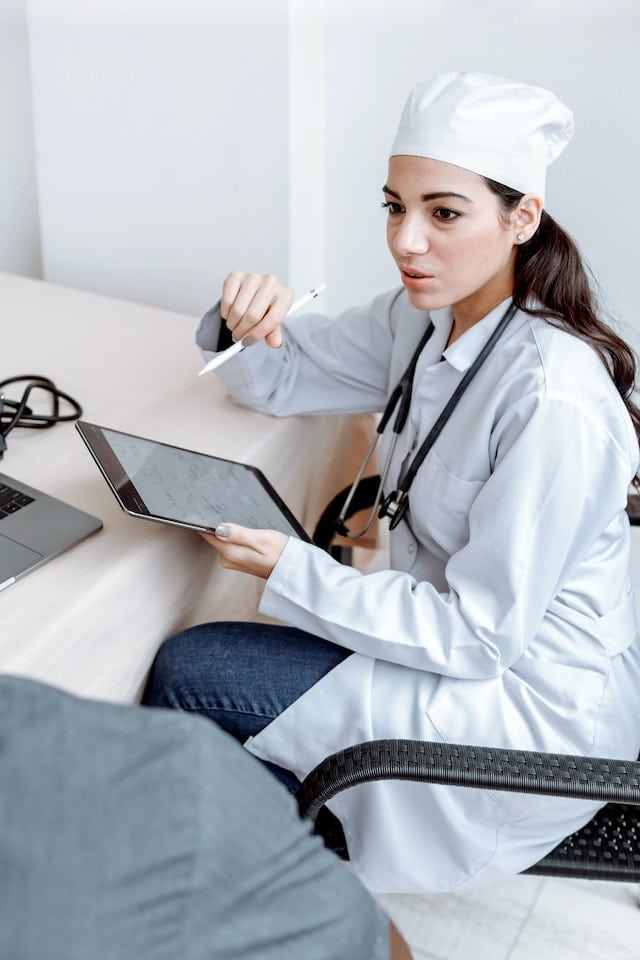
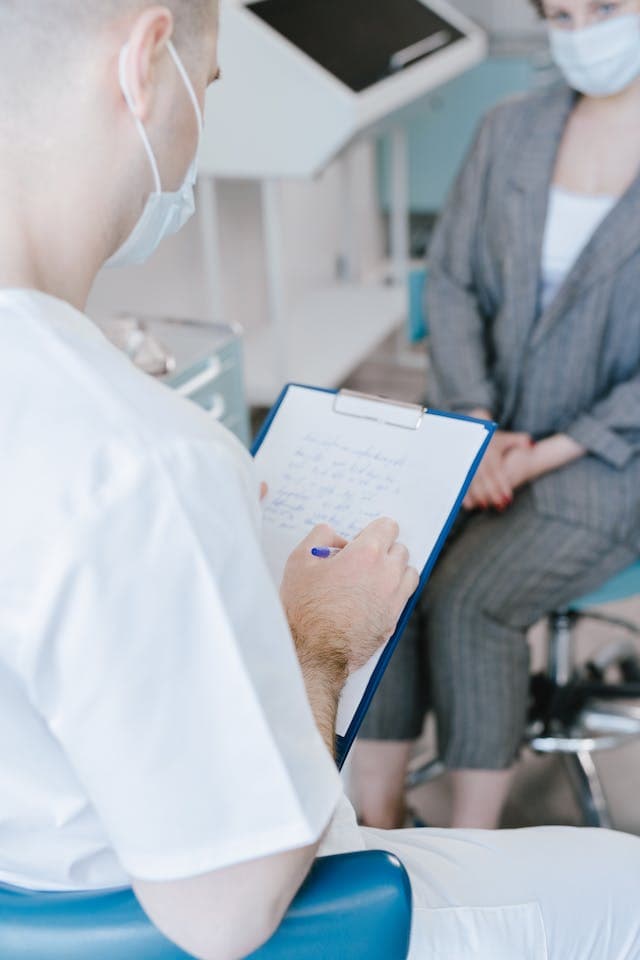
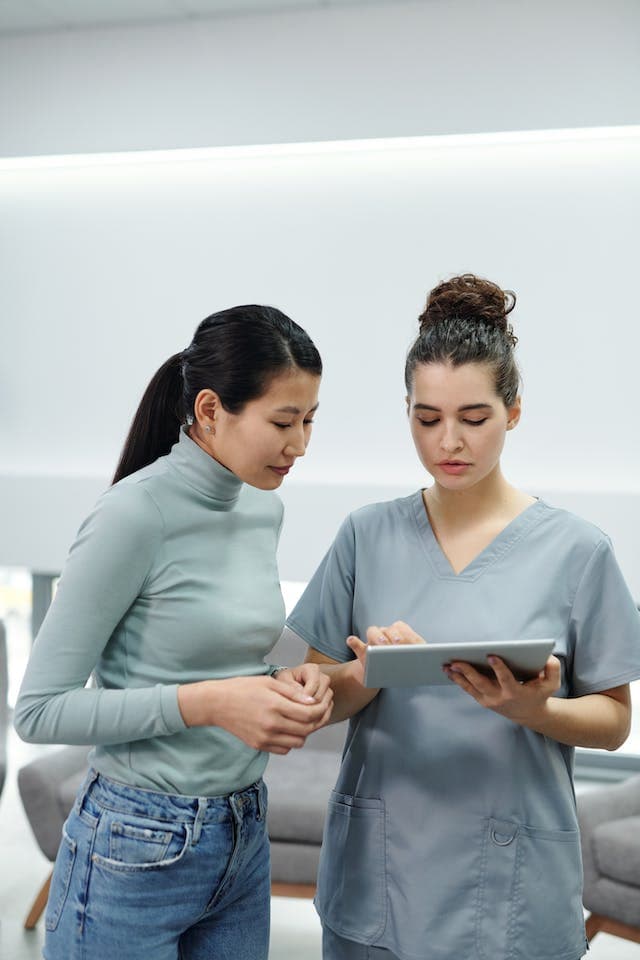
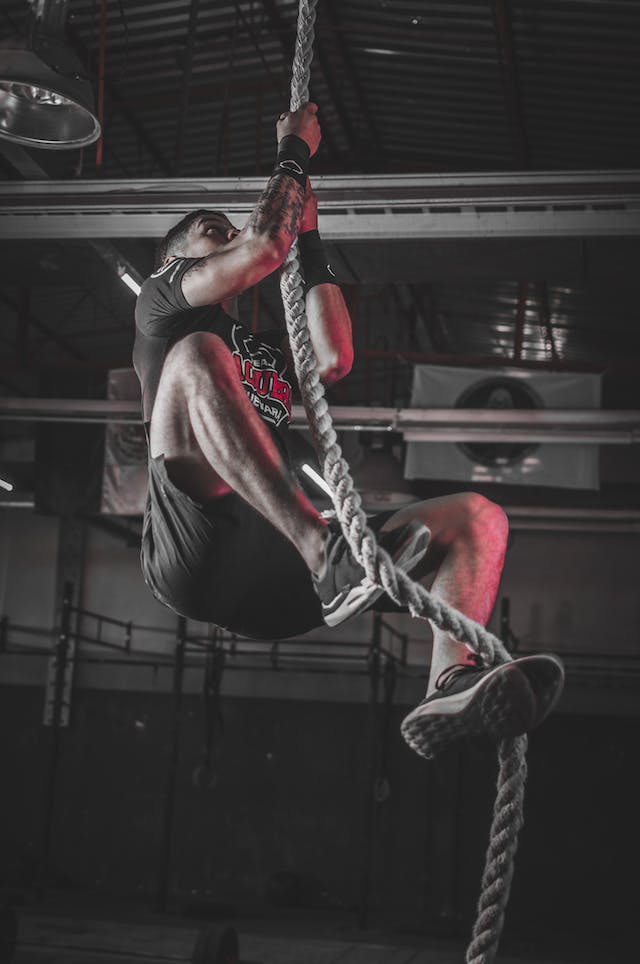
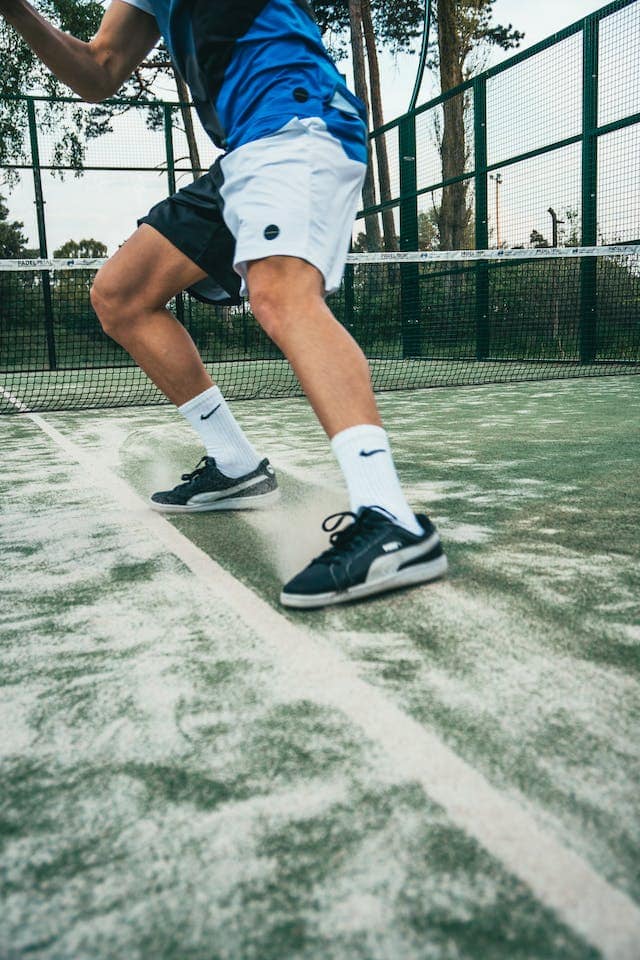

Why Arthrometers Over MRI?
Sensitivity: A Recent study (DOI: 10.1016/j.knee.2023.03.017) has shown GNRB & Dyneelax arthrometers exhibit superior sensitivity in diagnosing partial ACL ruptures. Where MRIs might miss or misinterpret the minutiae of a partial rupture, these arthrometers catch them.
Cost-Efficient Diagnosis (90% Cost Reduction)
Economic benefits with reduced costs for both practitioners and patients.
Non-Invasive Evaluation
Reduces the need for invasive diagnostic procedures.
Instantaneous & More Accurate Diagnostics of ACL, PCL, AM-PL & AL-PM Corners
Immediate accurate results about the state of resistance of the ACL without waiting for imaging processing.
Free Space in MRI Rooms
Creates room for individuals battling more severe pathologies, like certain forms of Cancers.

Mechanism of Action
How Arthrometers Works: The GNRB & Dyneelax arthrometers function by measuring the anterior displacement/rotation of the tibia in relation to the femur, assessing knee joint laxity. By applying precise force, they can gauge the degree of ligament injury.
Comparison with MRI: Unlike MRI, which provides imaging slices of the knee’s anatomy, the arthrometers directly measure the mechanical response of the knee to specific stress, offering a direct assessment of ligament function.
Technology Begind GNRB & Dyneelax: Employing advanced biomechanical analysis, the GNRB & Dyneelax arthrometers measure knee laxity with precision. Their innovative design enables a non-invasive and rapid assessment of knee ligament integrity, aiding in the early detection and accurate diagnosis of injuries.

DOI: 10.1016/j.knee.2023.03.017

DOI: 10.1016/j.medntd.2023.100254
Together, We Achieve
In the world of medicine, precision is not an option but a necessity. Let's strive for accurate diagnoses and swift recoveries.
Explore the transformative applications of GNRB & Dyneelax arthrometers in diagnosing knee ligament injuries. From accurately detecting partial ACL ruptures to offering a comprehensive assessment of other ligaments and demonstrating real-world efficacy through case studies, these arthrometers are revolutionizing knee diagnostics.
Applications in Knee Ligament Injury Diagnosis
ACL/PCL Tear Analysis
AM & PL Bundles Evaluation
AM-PL & AL-PM Corners Assessment
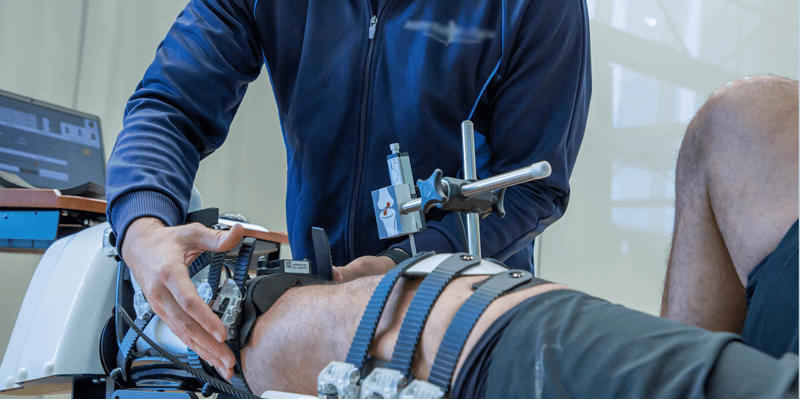
Procedure
Step-by-step
Step 1
Patient is comfortably positioned with the knee at a specific flexion angle.
Step 2
The knee is strapped on the arthrometer, ensuring proper placement.
Step 3
A controlled force/torque is applied, and the tibial displacement is measured.
Step 4
Results of both knees are saved & compared. A diagnosis is done depending on the results.
Who Should Use Dyneelax & GNRB?
Benefits for Each Professional:
Don’t just take our word for it
Testimonials
To all users and those interested in the GNRB devices designed and patented by the Genourob Company.
Over the last 4 years, we have been intensively working the new method of Automatic Dynamic Laximetry, LDA, with its device the GNRB.
In addition to providing a state analysis of the state of the Anterior Cruciate Ligament (ACL) GNRB Gives a functional analysis as well.
So With the GNRB it’s possible to have a Dynamic Analysis of the stiffness of the ACL pre-surgery and of the graft post-surgery. It is useful in post-op follow-up for the graft Ligamentization assessment, and therefore a good indicator of the stability of the Knee.
The device is effective, reliable and easy to use and assists to improve diagnosis and treatment of the ACL injuries.
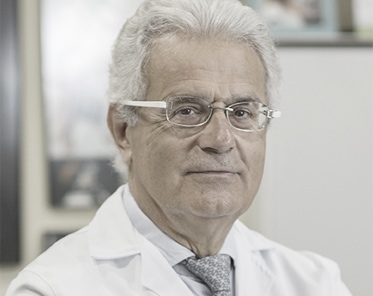
The main interest of this tool (but not the only one) in public health is to allow primary care doctors, and especially emergency physicians, to categorize knee sprains urgently, thanks to a simple-to-use tool in just a few minutes. This classification from the first consultation into a severe sprain (with ACL rupture) or mild (without ACL rupture) allows, on one hand, to avoid unnecessary and costly additional examinations (MRI) in the case of mild sprains, and on the other hand, to immediately adapt treatment to the severity of the sprain, avoiding, for example, unnecessary prolonged immobilizations.

I the undersigned, Doctor Henri ROBERT, Knee ACL surgeon specialist, confirm that the GNRB, ROTAM & DYNEELAX arthrometers are very accurate, reliable and with the best reproducibility in the world.
The arrival of the DYNEELAX revolutionizes the possibilities of the practitioner to regularly analyse the rotational and translational stabilities of the cruciate ligaments in the knee, using a non-invasive test, before and after surgery or as a preventive measure, or after partial tears. Numerous additional applications include notably the analysis of meniscus lesions (medial or lateral) which can be highlighted thanks to the rotational tests, as well as the functional analysis of the strength of the injured tissues.
The rotational analysis is an essential breakthrough as it allows the identification of rotational instabilities which are very difficult to detect with known clinical physical tests (pivot shift test, the Dejour test, dial test...). The DYNEELAX is the result of more than fifteen years of research and development which has led to the most advanced device in this field of study on an international level.
It is essential for surgeons to know the results of rotatory tests in order to adapt ACL surgery and perform or not an extra-articular tenodesis.
As much as translational stability could be controlled manually or with small manual laximetry tools, rotation has no suitable tool to validate this (nor any reliable clinical test due to the absence of relaxation necessary to carry out these tests properly).

This is a letter detailing my/our experience with use of the Genourob Dyneelax laximeter device.
We are a high volume tertiary referral arthroplasty centre and sports medicine centre in Western Australia. We are closely associated with the Orthopaedic Research Foundation of Western Australia.
We have had an excellent experience with the use of our Dyneelax device for multiple research projects, including novel investigation of the sagittal stability of total knee replacements and revision total knee replacements. We also have numerous projects working towards examining the stability of anterior cruciate multi-ligament knee reconstructions.
Our experience working with the company has been excellent. We are literally located on the other side of the world; however, they have gone over and above to help us with training and our customer support. I cannot recommend them highly enough.
In terms of the device, it is an excellent research tool which enables us to establish quantified measurement of the sagittal and rotational stability of multiple different knee arthroplasty devices, a measurement that hereto forth was impossible. This is generating high level novel research of an international interest.

My name is Michael Rüscher, I work in the field of conservative and operative orthopaedics as an osteopath and physiotherapist! I am currently working intensively on my PHD dissertation in the field of biomechanics.
I discovered the device Dyneelax from the company Genourob in the course of my research about 1 year ago and the idea was born to write the dissertation with this laximetry on the knee joint. I have now taken over 100 measurements on operated and conservative cruciate ligaments and am thrilled with the measurement method. It is simple and very reliable to use.
In my daily work with my brother Dr. Rudolf Rüscher we evaluate the cruciate ligaments by means of MRI and immediate laximetry.
We have already had 3 patients with a described complete cruciate ligament rupture who then showed no clear instability in the laximetry measurement, i.e. less than 1.5 mm at 100 Micro Newton. So we are excited about this functional study of this laximetry.
The topic of my dissertation is "Comparative investigation of the biomechanics (laximetry by Genourob) of the knee joint with rupture of the anterior cruciate ligament after surgical and conservative treatment under consideration of economic efficiency".
I would therefore like to thank the Genourob company once again for this innovative examination device!

Integration into Practice:
Seamless Integration for Enhanced Diagnostic Precision
Ease of Use
The intuitive design and user-friendly interface of the GNRB & Dyneelax arthrometers facilitate easy operation, requiring minimal training. This ease of use allows for a quick adoption by medical staff, contributing to a more efficient diagnostic process.
Immediate Diagnostic Insights
Comprehensive training sessions are offered to ensure that your team is proficient in utilizing the arthrometers to their full potential. Our dedicated support team is also on standby to provide assistance and answer any queries, ensuring a smooth integration into your practice.
Brand-first approach
Unlike other diagnostic methods that may require lengthy processing times, the GNRB & Dyneelax arthrometers provide immediate insights into knee laxity. This feature is invaluable in fast-paced clinical settings, aiding in quicker decision-making and treatment planning.
Cost-Efficiency
By enabling precise diagnoses right at the point of care, these arthrometers can potentially reduce the need for more expensive and time-consuming diagnostic procedures like MRI. This cost-efficiency makes them a valuable addition to practices looking to optimize their diagnostic expenditures.
Enhanced Patient Experience
By providing accurate and quick diagnoses, the GNRB & Dyneelax arthrometers contribute to an improved patient experience. Patients can receive timely and precise information regarding their knee ligament health, which is crucial for building trust and ensuring satisfaction.
Continuous Updates and Improvements
Our commitment to excellence ensures that the GNRB & Dyneelax arthrometers are continuously updated to incorporate the latest advancements in diagnostic technology. These updates aim to provide your practice with a cutting-edge tool that evolves alongside the rapidly advancing medical field.
Your questions answered
Common questions
How do GNRB & DyneeLax arthrometers aid in diagnosing knee ligament injuries?
The GNRB & DyneeLax arthrometers precisely measure knee laxity by applying a controlled force/torque and evaluating the tibial displacement/rotation. This data can help identify and diagnose knee ligament injuries, including partial and complete tears.
What makes these arthrometers preferable to MRI scans for diagnosis?
While MRI scans are essential for visualizing knee anatomy, GNRB & DyneeLax arthrometers excel in identifying subtle ligament laxity with higher sensitivity. This is especially beneficial in diagnosing partial ACL ruptures, which may sometimes be challenging to detect with MRI alone.
How quickly can a diagnosis be made using these arthrometers?
The GNRB & DyneeLax arthrometers can provide immediate quantitative data on knee laxity during an office visit, facilitating quick and informed diagnostic decisions.
Are these arthrometers reliable for diagnosing all types of knee ligament injuries?
Yes, the Dyneelax is designed to assess the laxity of all knee ligaments, providing valuable information for diagnosing injuries to the ACL, PCL, AM-PL & AL-PM Corners.
Can these devices be used post-operatively to monitor recovery?
Absolutely. The GNRB & DyneeLax arthrometers are excellent tools for tracking recovery progress post-surgery, allowing healthcare professionals to adjust rehabilitation plans as needed.
Resources
To assist healthcare professionals in leveraging the GNRB & DyneeLax arthrometers to their fullest potential, we have curated a collection of resources. These are designed to provide comprehensive insights, from basic setup and operation to in-depth diagnostic procedures. These resources aim to facilitate seamless integration of these innovative tools into your diagnostic practice, ensuring accurate and timely identification of knee ligament injuries.
Research Articles & Clinical Studies:
2023 - GNRB® laximeter with magnetic resonance imaging in clinical practice for complete and partial anterior cruciate ligament tears detection: A prospective diagnostic study with arthroscopic validation on 214 patients.
DOI: 10.1016/j.knee.2023.03.017
2023 - Sensitivity, repeatability and reproducibility study with a leg prototype of a recently developed knee arthrometer: The DYNEELAX®
DOI: 10.1016/j.medntd.2023.100254
2019 - Anterior knee translation measurements after ACL reconstruction are influenced by the type of laximeter used.
DOI: 10.1007/s00167-020-05950-5
Instructional & Presentation Videos:
Click Here to view GNRB Tutorial Video
Click Here to view the DyneeLax Presentation Video
We are here to help!
We're here to assist you on your journey towards better health and precision in diagnosis. Don't hesitate to reach out with any questions or inquiries. Contact us today and let us guide you towards a healthier tomorrow.
Visit us
Bâtiment 60, Rue du Chef de Bataillon Henri Géret
53000 Laval
France
Email Us
yves.crystal@genourob.com
Call Us
+33 7 66 76 03 92 Whatsapp or Phone Call
